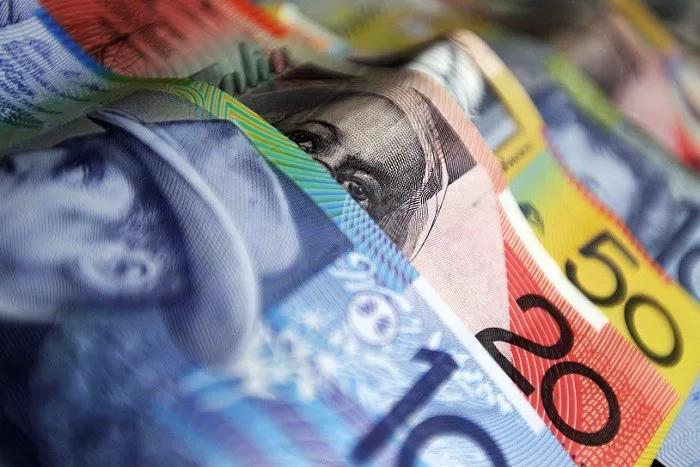Currency durability is a key aspect of a nation’s financial infrastructure. In Australia, where the economy is robust and stable, the longevity of currency is a matter of public interest and fiscal management. Australian banknotes are crafted to withstand wear and tear, ensuring they remain in circulation for extended periods. This article delves into the lifespan of Australian currency, examining factors affecting durability, innovative technologies employed, recycling efforts, and the broader implications for economic efficiency.
Factors Affecting Currency Lifespan
Several factors influence the lifespan of Australian banknotes:
Material Composition: Australian banknotes are predominantly made from polymer, a durable and robust material that can endure frequent handling. Polymer notes are less prone to tearing, soiling, and damage compared to traditional paper currency.
Design and Security Features: Banknote design incorporates advanced security features to deter counterfeiting. These features not only safeguard against fraud but also contribute to the longevity of the currency by maintaining its integrity over time.
Circulation Volume: The volume and frequency of circulation impact a banknote’s lifespan. Higher-denomination notes tend to remain in circulation longer due to less frequent use compared to lower denominations.
Environmental Conditions: Exposure to environmental factors like heat, humidity, and sunlight can affect a banknote’s longevity. Polymer banknotes are more resistant to such conditions compared to paper currency.
Handling Practices: How banknotes are handled by the public, banks, and businesses also plays a role. Proper handling and storage can extend a note’s life, reducing the need for premature replacement.
Evolution of Australian Currency
Australia adopted polymer banknotes in the 1990s, becoming one of the early adopters of this innovative technology. The transition from paper to polymer was driven by the need for more secure and durable currency. The Reserve Bank of Australia (RBA) collaborated with leading experts to develop polymer notes that could withstand Australia’s varied climate and heavy circulation demands.
Polymer banknotes offer several advantages over traditional paper currency:
Durability: Polymer banknotes last significantly longer than paper notes.
Security: Advanced security features like transparent windows, microprinting, and holographic elements enhance counterfeit deterrence.
Cleanliness: Polymer banknotes are more resistant to dirt and moisture, staying cleaner during circulation.
Lifespan of Australian Banknotes
The RBA conducts rigorous testing to assess the durability and longevity of banknotes before they are introduced into circulation. These tests simulate real-world scenarios to evaluate how well the banknotes withstand folding, crumpling, and exposure to environmental factors.
According to the RBA’s estimates, the lifespan of Australian banknotes varies depending on the denomination:
Polymer $5 and $10 Notes: Approximately 3 to 5 years.
Polymer $20 and $50 Notes: Around 5 to 7 years.
Polymer $100 Notes: Up to 10 years.
These estimates are based on statistical models and data from the RBA’s banknote recirculation program. The recirculation program tracks the movement and condition of banknotes in circulation, providing valuable insights into their lifespan and durability.
Innovations in Banknote Technology
Australian banknotes are equipped with cutting-edge security features to combat counterfeiting. These features include:
Clear Windows: Polymer banknotes incorporate transparent windows with intricate designs that are difficult to replicate.
Holographic Elements: Dynamic holograms and color-shifting inks add complexity to the banknote’s design, making them harder to counterfeit.
Microprinting: Tiny, intricate text that is legible under magnification serves as an additional security layer.
Raised Printing: Certain elements on the banknote are raised to the touch, aiding in authentication by feel.
The continual evolution of security features ensures that Australian currency remains at the forefront of anti-counterfeiting technology.
Environmental Impact and Recycling Efforts
The durability of polymer banknotes contributes to environmental sustainability. Longer-lasting banknotes result in reduced production and disposal costs over time. Furthermore, polymer banknotes are recyclable.
The RBA actively promotes banknote recycling through its Banknote Recycling Initiative. This program aims to recover and recycle polymer banknotes at the end of their lifespan. Recycled banknotes are used to produce everyday items like compost bins, garden stakes, and other plastic products, reducing waste and environmental impact.
Economic Implications of Currency Longevity
The longevity of Australian currency has several economic implications:
Cost Savings: Longer-lasting banknotes reduce the frequency of replacements, saving production and distribution costs for the RBA.
Efficient Cash Cycle: Extended banknote lifespan contributes to a more efficient cash cycle, reducing disruptions caused by frequent replacements.
Public Confidence: Durable and secure currency enhances public trust in the financial system, promoting economic stability.
Counterfeit Prevention: Enhanced security features deter counterfeiting, safeguarding the integrity of the currency and the economy.
Conclusion
In conclusion, Australian currency, particularly polymer banknotes, boasts impressive durability and security features that contribute to its extended lifespan. The adoption of polymer technology has positioned Australia at the forefront of currency innovation, setting a benchmark for durability, security, and environmental responsibility.
As the Reserve Bank of Australia continues to refine banknote design and security, the lifespan of Australian currency is expected to further increase, bolstering economic efficiency and public confidence in the financial system. Through ongoing advancements and responsible recycling initiatives, Australian banknotes exemplify the intersection of technology, sustainability, and fiscal prudence in modern currency systems.


